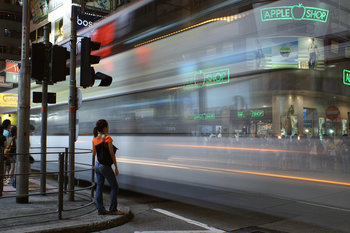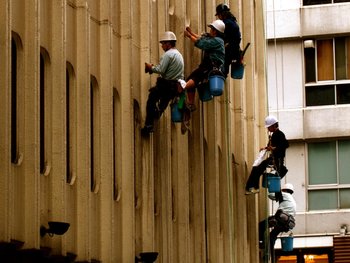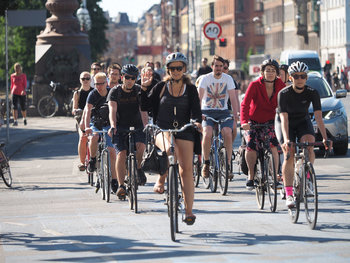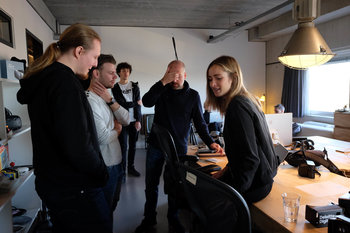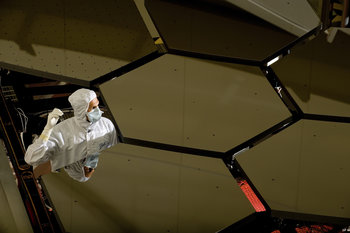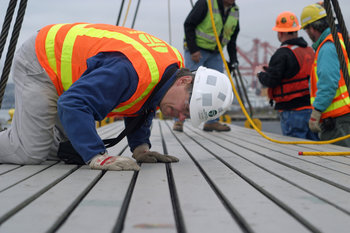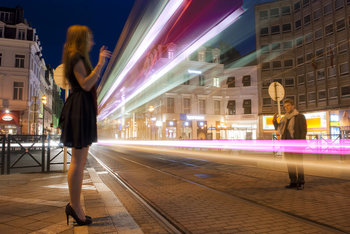
Elevators
Elevators are typically designed with special brakes that are held back by the tension of the elevator's cable. If the cable snaps the loss of tension causes the brakes to be applied.Trains
Railway trains commonly have air brakes that get applied automatically with the failure of the main brake system.Earthquakes
Elevators and trains in earthquake prone regions such as Japan are often configured to detect earthquakes and automatically stop. Elevators may be designed to stop at the nearest floor and open their doors. In some cases, such systems are hooked up to earthquake early warning systems and can potentially stop seconds before an earthquake arrives.Flight Control
Flight control computers are typically designed with redundancy so that if one goes down another kicks in. They may also be designed to detect a flight control computer that suffers from "insanity" meaning that it appears to be dysfunctional due to damage or other factors.Electronic Locks
Electronic locks that are designed to be unlocked by default in the event of power failure. Some vehicles don't have this feature and it's possible to get locked in a car that loses power.Traffic Lights
Traffic lights may be designed to blink red in all directions if their controller goes down.Deadstick Landing
Aircraft are designed with some ability to glide and can be landed without any engine power. This isn't completely safe but is certainly possible with a competent pilot if there is a suitable landing spot within range.Submarines
Some submarines are designed to automatically drop their ballast in the event of power failure causing the submarine to surface.Shut Off
Many machines are designed to shut off if they detect something is wrong.Fail Over
Computer services are commonly designed with redundant servers. When one server fails, another replaces it almost instantaneously. This allows many services to maintain an uptime of 99.999% or greater.Circuit Breakers
Circuit breakers that shut off power in the even of overload.Sensor Competition
Sensor competition is the practice of reading the same data from multiple sensors to detect when a sensor is outputting incorrect readings. For example, aircraft that have multiple altimeters for redundancy and accuracy in measuring altitude.Sump Pumps
Pumps in basements with float switches that are automatically activated in a flood.Emergency Lighting
Battery powered lights that automatically turn on when the power goes out.| Overview: Fail Safe | ||
Type | Safety Design | |
Definition | A mechanism that is automatically triggered by failure that reduces or eliminates harm. | |
Related Concepts | Five NinesSafety by DesignPassive SafetyDefensive Design | |





